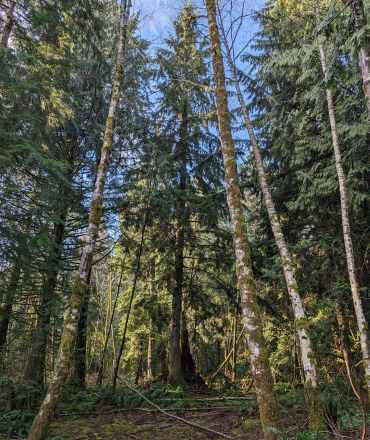Heidi and Evan, from Small Axe Farm
Living Off-Grid on a Sustainable Homestead
Small Axe Farm located in Barnet, Vermont, which is in the northeast Vermont. The couple runs a no-till farm, so once they open beds the first time the soil never gets inverted again. It allows them to put in less amendments into the soil, less water, it works well with their farm located on a hillside. The amount of food they produce on one acre of land is about ten times more than the food produced in traditional industrial farms.
It all started from a conversation in their city apartment
Feeling unfulfilled even though both were doing jobs that they liked
A conversation about what they wanted to do with their lives and why they were feeling unfulfilled even though both were doing jobs that they liked is what led to the decision that homestead is what they wanted.
Even though they didn’t know what’s ahead of them their objective was to put themselves in a position to challenge the status quo and to get back to basics. Build farm structures, grow food was something they really wanted to do. It was a long journey between there and actually starting a vegetable farm. The family started saving money and then after few years had eight thousand dollars, started looking for land, found the hillside place and were amazed by the energy and the incredible view. After buying the land for the first four years they lived out here in the summer times, planted fruit trees and built gardens and then built their cabin. In the first years that they were at the hillside farm they grew the vast majority of their own food, lived really simply without electricity and running water that was kind of the intention. Start with just the basics so that they can learn on their own what we do need and what we don’t.
Even though the farm is zone four, in northern Vermont, sloped terrain, at 1500 feet a fairly cold place to grow food they found that growing on a south-facing slope creates a warmer micro-climate. Farming on a slope is challenging in that anything on wheels doesn’t work well on a slope a lot of things take a little bit longer.
One joy and challenge of Heidi and Evan’s farm is that was started off-grid and is still running off-grid. It makes everything more challenging for sure, so if you want the easy path towards having a successful profitable farm right away off-grid farming it’s not something they would necessarily recommend. But, if you want a good life where you’re connected to land and you really understand how you are in the world off-grid living is a great way to connect with the surrounding environment.
There’s a lot of people all over this planet looking for something different than what’s being offered. Looking for a different food system, looking for a different way of life, looking for more freedom and independence and small farming is a way to do that it just satisfies so much of who we are and how we wanted to live and who we wanted to be. It’s worth the hardship and the hard days. It’s a hard world to be optimistic in at times but we are optimistic people and we believe there’s no other way to live life.








